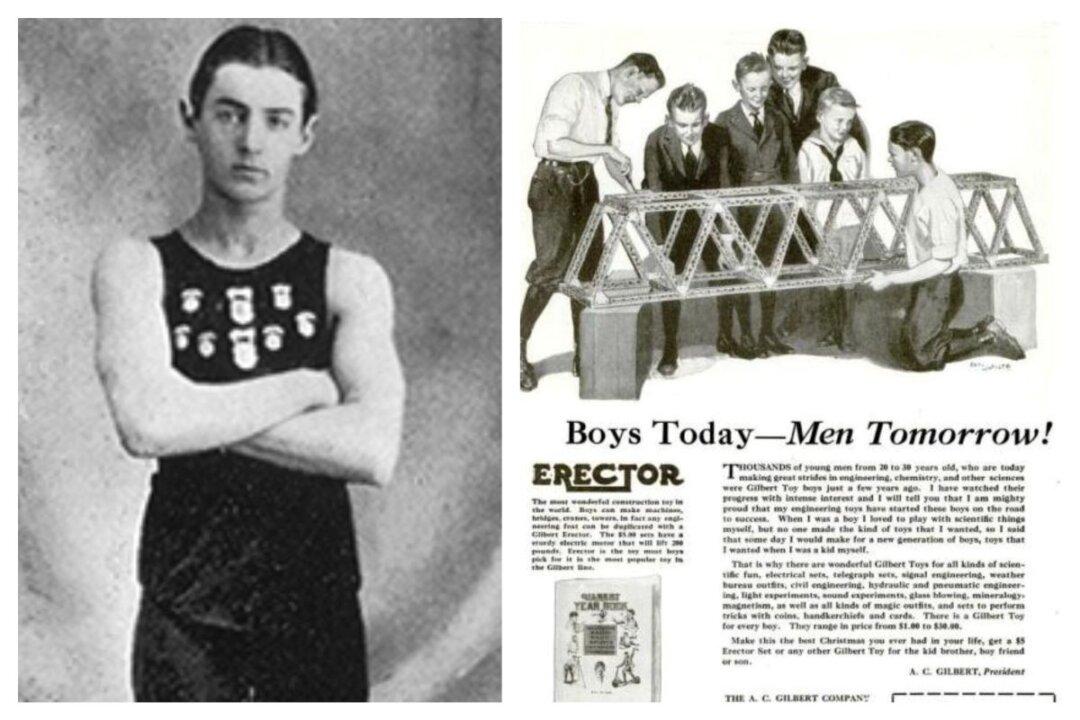Benjamin Wright (1770-1842) was born to Ebenezer Wright, a former lieutenant under George Washington during the Revolutionary War and a man utterly in debt. His father pursued farming to make ends meet and to eat away at the family debt. Perhaps unintentionally, both Wright and his father pursued two of Washington’s great interests: farming and surveying.
Wright, due to financial difficulties, was unable to pursue a proper education and mostly worked to help his family. His uncle, whom Wright lived with for some time, taught him law and the basics of surveying. His interest in surveying grew and he soon began work in the field.






